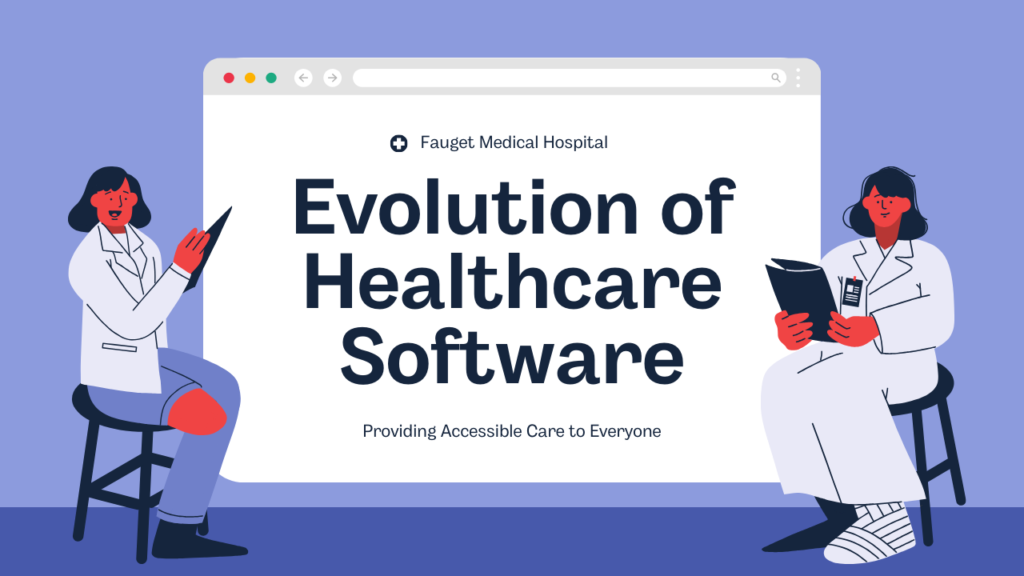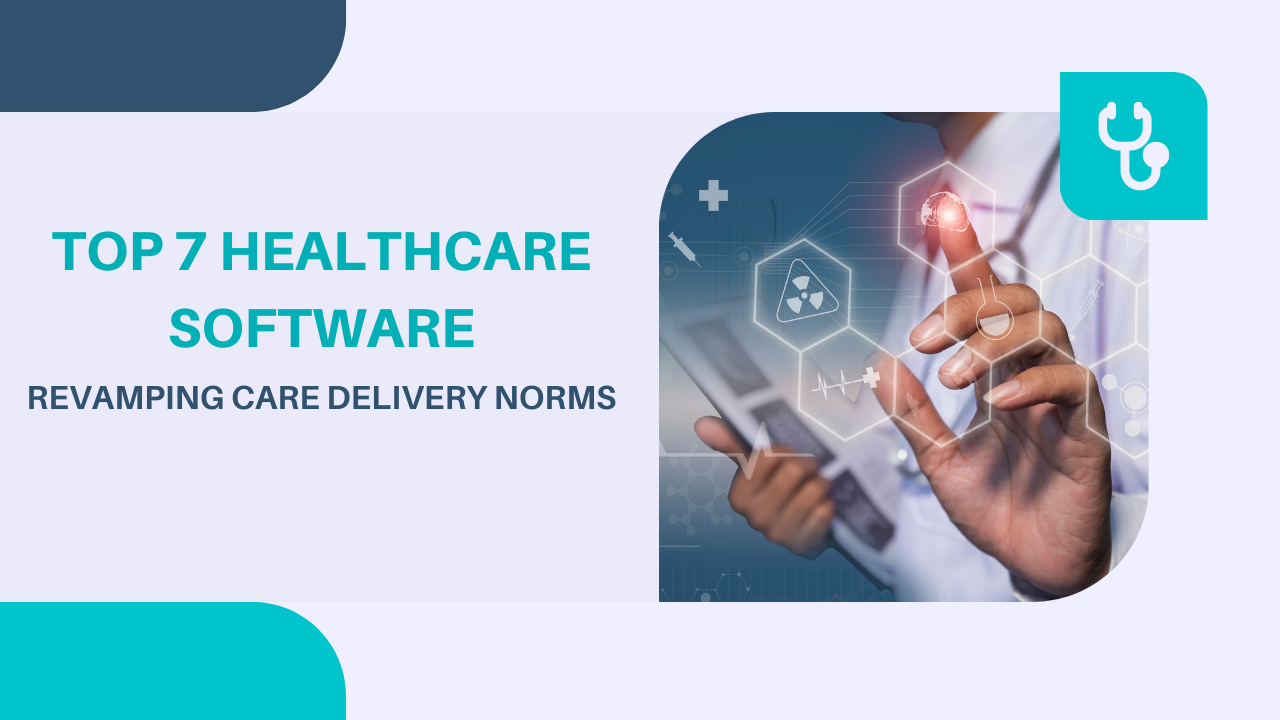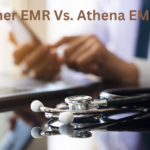Introduction
In the ever-evolving landscape of healthcare, technology has become a driving force in transforming care delivery norms. The integration of healthcare software has revolutionized the way medical professionals operate, leading to improved patient outcomes and enhanced efficiency. This article delves into the top 7 healthcare software solutions that are reshaping the healthcare industry.
Evolution of Healthcare Software

The journey of healthcare software dates back several decades, with a constant evolution fueled by technological advancements. From basic record-keeping systems to sophisticated electronic health records (EHR) and telehealth platforms, the progression has been monumental.
Key Features of Modern Healthcare Software
Modern healthcare software comes with a plethora of features designed to streamline healthcare processes. Electronic Health Records (EHR), telemedicine solutions, and advanced data analytics contribute to personalized care, ultimately improving patient engagement and outcomes.
Benefits of Healthcare Software in Care Delivery
The adoption of healthcare software brings about numerous benefits, including heightened efficiency, enhanced patient engagement, and improved communication among healthcare professionals. These advantages contribute to a more seamless care delivery experience.
Challenges and Solutions
While healthcare software presents immense benefits, challenges such as data security concerns and integration issues must be addressed. Robust solutions and strategies are essential to overcome these hurdles and ensure a smooth implementation process.
Top 7 Healthcare Software Solutions
- Electronic Health Records (EHR) Systems
- Comprehensive digital records for patient information
- Improved accessibility and data sharing among healthcare providers
- Telehealth Platforms
- Virtual consultations and remote patient monitoring
- Enhanced accessibility to healthcare services
- Health Information Exchange (HIE) Systems
- Seamless sharing of patient information across healthcare organizations
- Improved coordination of care among different providers
- Practice Management Software
- Streamlining administrative tasks for healthcare practices
- Enhanced efficiency in appointment scheduling and billing processes
- Medical Billing Software
- Automation of billing processes
- Reduction of billing errors and accelerated reimbursement
- Picture Archiving and Communication Systems (PACS)
- Efficient storage and retrieval of medical images
- Enhanced diagnostic capabilities for healthcare professionals
- Remote Patient Monitoring (RPM) Solutions
- Continuous monitoring of patients’ vital signs
- Timely intervention and personalized care for individuals with chronic conditions
Case Studies
Real-world examples illustrate the transformative impact of healthcare software on care delivery. These case studies highlight instances where institutions have witnessed positive changes in patient outcomes and overall healthcare efficiency.
Future Trends in Healthcare Software
Looking ahead, the integration of artificial intelligence, blockchain technology, and continuous innovation will play a pivotal role in shaping the future of healthcare software. These trends hold the potential to further enhance patient care and optimize healthcare processes.
Selecting the Right Healthcare Software
Choosing the right healthcare software involves considering various factors, including the specific needs of the healthcare setting and customization options. This section provides guidance on making informed decisions for optimal software selection.
Implementation Strategies
Smooth integration into existing healthcare systems and comprehensive training for healthcare professionals are crucial for successful software implementation. Strategies for effective onboarding are discussed to ensure a seamless transition.
Cost Considerations
Understanding the financial implications of healthcare software adoption is essential. While there may be initial costs, the long-term benefits and return on investment make these software solutions a valuable asset for healthcare organizations.
User Experience and Patient-Centered Care
Ensuring a positive user experience for both healthcare professionals and patients is paramount. Embracing patient-centered care delivery through user-friendly interfaces contributes to overall satisfaction.
Regulatory Compliance and Data Security
Adherence to regulatory standards and robust data security measures are imperative in the healthcare industry. This section emphasizes the importance of compliance and security in healthcare software.
Success Stories
Highlighting success stories of healthcare organizations that have successfully implemented software solutions underscores the tangible benefits of embracing technology in care delivery.
Conclusion
In conclusion, healthcare software stands as a catalyst in revamping care delivery norms. Its transformative impact on efficiency, patient engagement, and overall healthcare outcomes cannot be overstated. Embracing these technological advancements is not just an option but a necessity for healthcare providers aiming to provide the best possible care.
Read more: Organic Wellness: 6 Life-Changing Health Hacks for the Modern Age | WellHealth Tips in Hindi Wellhealthorganic
Frequently Asked Questions (FAQs)
Q: Is healthcare software only for large healthcare institutions?
A: No, healthcare software solutions are scalable and can be tailored to the needs of both large hospitals and smaller healthcare practices.
Q: How do healthcare software solutions ensure patient data security?
A: Robust encryption, access controls, and compliance with healthcare regulations are integral to ensuring the security of patient data.
Q: Can healthcare software be integrated with existing systems?
A: Yes, many healthcare software solutions are designed to integrate seamlessly with existing systems, ensuring a smooth transition.
Q: What is the typical training period for healthcare professionals adopting new software?
A: The training period varies but is usually designed to be comprehensive yet time-efficient, ensuring minimal disruption to daily operations.
Q: Are there ongoing costs associated with healthcare software adoption?
A: While there may be ongoing maintenance costs, the long-term benefits and efficiencies often outweigh these expenses.



